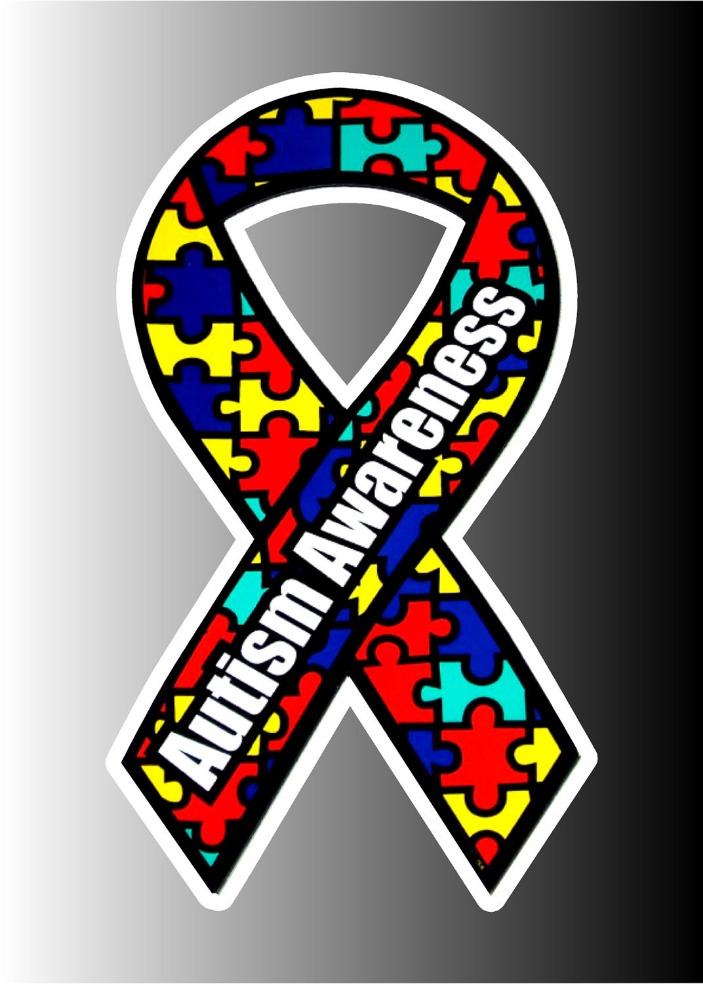In most cases, the pediatrician will be the starting point for the evaluation process including providing orders for therapy evaluations such as occupational therapy, physical therapy, speech therapy, or feeding therapy. These specialized evaluations can also highlight other deficits that may be missed in well-checks or screening tools. If therapy of any kind is warranted based on the results of the evaluation, it is a great place to start. Many times, the first step is understanding that you have a concern regarding your child and advocating for them to be evaluated for that concern.
I was recently diagnosed with anxiety, and I’m worried I might have ADHD too. As mentioned in the beginning, no two ABA agencies will do the same exact thing when it comes to providing ABA services; however, good agencies will always base their practice on the same empirically-proven procedures. If there is one thing that behavior analysts know, it is that behaviors always happen for a reason. While stopping at a red light or reaching into a cookie jar may be pretty… While historically, White children, especially boys, have had higher rates of identification, children of other races and ethnicities have shown similar rates in recent research. The 2020 data reported White children at a rate of 2.4%, Black children at 2.9%, 3.2% of Hispanic children, and 3.3% of Asian/Pacific Islander children.
While every individual is unique, autism typically affects a person’s communication abilities and social interactions. If your child shows severe symptoms of autism, you should consider contacting a therapist immediately.
Possible examples of documentation include doctor’s notes, prescriptions, treatment plans, results from lab tests, and other official diagnoses from your primary care provider (PCP), therapist, psychologist, or psychiatrist. They also may display patterns of behavior, interests, or activities that are significantly restricted and repetitive. Further, the SSA states that those with autism may struggle in certain areas, such as understanding or remembering information or concentrating. When camps intentionally put these four steps into play — understanding ASD, recognizing social engagement, implementing PAWSS, and using visual supports — they begin to make more space for all. The most important goal at camp is to get staff and campers engaged — with each other, with the learning, and with the outdoors. When it comes to research, policy and advocacy, the most important thing is that autistic people are “in the driver’s seat,” Gross says. It means that decisions about autism need to be made by or with autistic people.
Read more about Music Therapy here.
What barriers do autistic children face?
So, it’s best to avoid using these two terms and teach your child to avoid them, as well. “If we don’t recognize, educate ourselves on, and ask a person’s preferred terminology, we gloss over their identity and sense of self,” says Melissa Danielsen, neurodivergent and disability care advocate and CEO of Joshin. When engaging with first responders, be sure to include this toolkit from NAA to help them better understand autism and equip them for how to respond to emergency situations. The National Autism Association reports that drowning is the leading lethal outcome of wandering incidents. It does, however, increase their chances of knowing how to respond should they get into the water unexpectedly. Coordinate with your local government agencies for Project Lifesaver or SafetyNet Tracking, which are devices worn on the wrist or ankle to locate individuals using radio frequency.
While many children with autism have no difficulty qualifying for disability benefits for medical reasons, technical eligibility is more challenging. If approved, your family could receive around $750 per month that can be spent on any of your child’s or family’s daily living needs. Speech-language pathologists collaborate with the child’s family members to ensure the best possible outcomes. Including the family in speech therapy is a critical component to help children with autism improve their communication skills. Continuing the lessons at home can help advance your child’s skills and comfort level. In addition, doing things at home, such as focusing on articulating words more clearly than normal, can help children with autism understand and imitate your speech. For example, children with autism sometimes learn spoken language in chunks without breaking it down into individual words or sounds.
Autism Fact Sheet – Guide for Parents of Autistic Children
Autism is a lifelong developmental disability that affects a person’s social interaction and causes difficulties in verbal and nonverbal communication. This may be because testosterone causes the brain to grow more slowly during development, making it easier for autistic children to learn language skills later on in life.
Your therapist will help assess stressors in your life and develop adaptive solutions, such as reframing your thoughts and building more effective communication skills. Although treatment is often recommended for children with ASD, adults with ASD may also find certain types of treatment to be beneficial. It’s important to understand that these treatments don’t aim to cure ASD. Instead, they help you address issues such as anxiety, rigid thinking, or depression. In Britain, child psychological professionals introduced these theories in the 1920s and 1930s. Freud’s work had already developed an outlet in the British Psycho-Analytical Society, established by Ernest Jones in London in 1913.
Another 25 percent start talking at between 12 and 18 months, but then rapidly lose their language ability. Some children with autism have difficulty forming words into sentences, or repeat exactly what they hear — a condition called echolalia. Because they can’t communicate what they want, sometimes autistic children scream or cry out of frustration.
Treatment for autism can be expensive, but federal funding is available for children with ASDs. The Individuals with Disabilities Education Act (IDEA) is a federal program that provides children with learning disabilities with a free occupational therapist, speech therapist, or other aide.

Leave a Reply